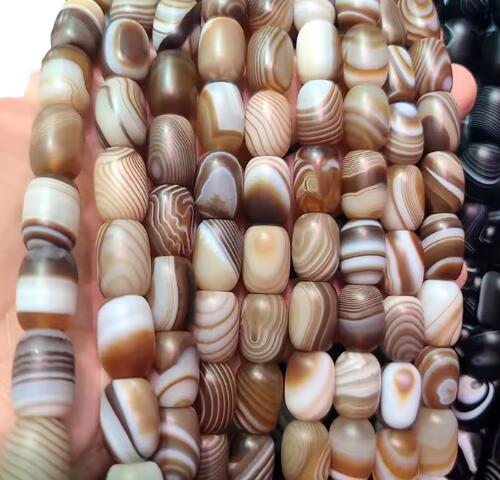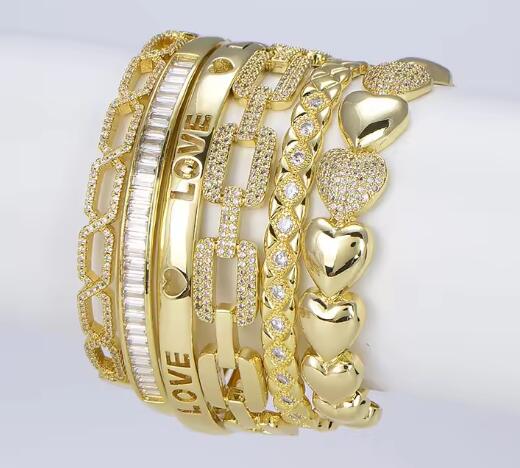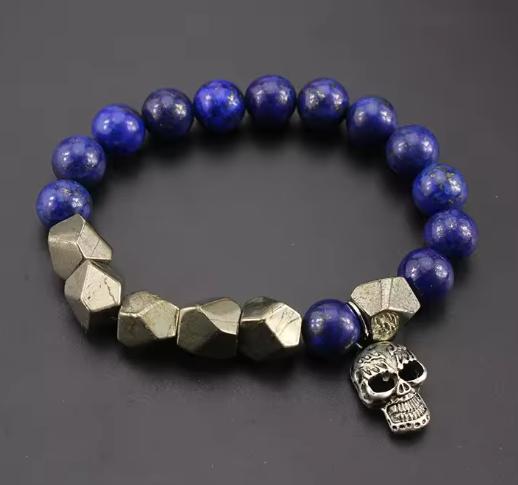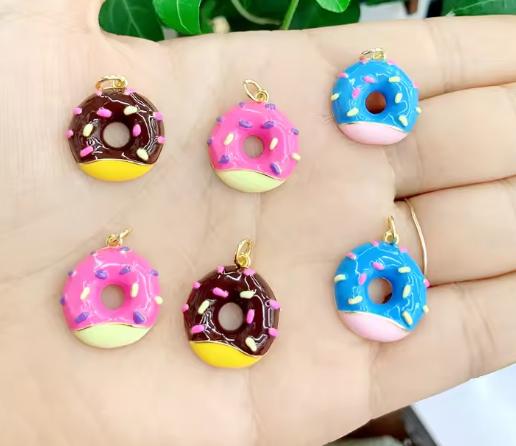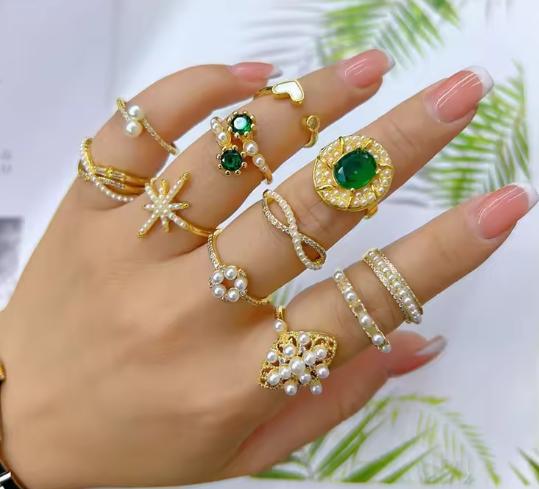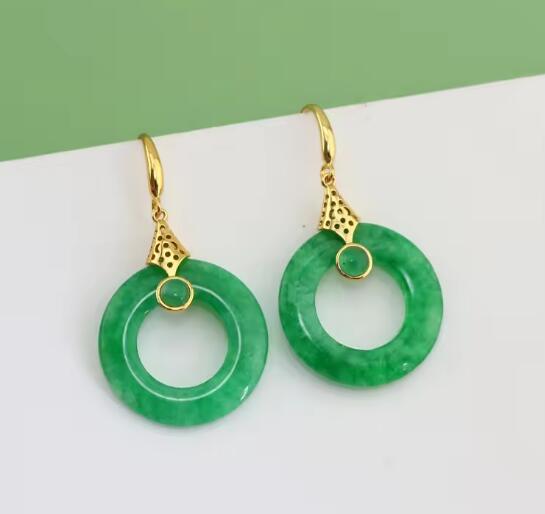Understanding Oxidation in Alloy Jewelry: Prevention and Care Solutions
The question of alloy jewelry's susceptibility to oxidation is more than a simple yes-or-no matter—it's a complex interaction between materials, environment, and care practices. While oxidation does occur in alloy jewelry, understanding the science behind this process empowers owners to effectively prevent and manage it.
The Science of Metal Oxidation
Oxidation represents a natural chemical reaction where metals interact with environmental elements:
1)Chemical Process: When base metals like copper, zinc, or nickel encounter oxygen, moisture, or sulfur compounds, they undergo electron transfer that creates surface changes
2)Accelerating Factors: High humidity, salty air, skin acidity, and chemical exposure from cosmetics or cleaning products can dramatically speed up oxidation
3)Variable Susceptibility: Different alloy compositions oxidize at varying rates—copper-based alloys tarnish fastest while stainless steel alloys resist corrosion effectively
Identifying Oxidation Patterns
Recognizing early oxidation signs helps address issues proactively:
1)Progressive Discoloration: Initial shine diminishes to a dull patina, often darkening to black or greenish tones
2)Surface Texture Changes: Smooth surfaces may develop microscopic pits or roughness
3)Transfer Evidence: Green or black marks may appear on skin or clothing
4)Localized Damage: Areas with thinner plating or more wear show oxidation first
Advanced Prevention Strategies
Beyond basic care, these methods significantly reduce oxidation risks:
1)Controlled Environment Storage: Use silica gel packets in airtight containers to maintain low humidity
2)Barrier Protection: Apply specialized jewelry protector sprays that create invisible shields
3)Wear Sequencing: Always put jewelry on after applying cosmetics, perfumes, and hair products
4)Regular Deep Cleaning: Schedule monthly gentle cleanings with pH-neutral solutions
Material-Specific Protection
Different alloy types require tailored approaches:
1)Brass Alloys: Benefit from regular wax-based polishing to fill microscopic pores
2)Copper-Rich Alloys: Require more frequent cleaning and complete drying
3)Nickel-Containing Alloys: Need monitoring for both oxidation and potential skin reactions
4)Modern Composite Alloys: Often include oxidation-resistant elements like titanium
Restoration Techniques for Oxidized Pieces
When oxidation occurs, these methods can restore appearance:
1)Gentle Abrasion: Use specialized jewelry cleaning cloths with micron-level abrasives
2)Ultrasonic Cleaning: Effective for intricate pieces without soft stone components
3)Electrolytic Methods: Professional restoration for severely tarnished items
4)Replating Services: Reapply protective metal coatings through professional jewelers
Quality Distinctions in Alloy Jewelry
Not all alloy jewelry shares the same oxidation susceptibility:
1)Premium Alloys: Incorporate corrosion-resistant metals and thicker protective platings
2)Manufacturing Quality: Superior production methods create denser, less porous surfaces
3)Protective Coatings: Quality pieces often include clear lacquer or specialized metal plating
4)Design Considerations: Smoother surfaces with fewer crevices resist oxidation better
Long-Term Preservation Approach
Building sustainable care habits ensures lasting jewelry beauty:
1)Establish Routine Care: Develop consistent cleaning and storage practices
2)Seasonal Considerations: Increase maintenance frequency during humid summer months
3)Professional Assessment: Schedule annual check-ups for valuable pieces
4)Documentation System: Track cleaning schedules and observations for each piece
Conclusion: Empowerment Through Understanding
While alloy jewelry does face oxidation challenges, this natural process need not diminish your enjoyment of these accessible and versatile pieces. By comprehending the underlying mechanisms and implementing strategic care practices, you can significantly extend your jewelry's radiant appearance. The key lies in recognizing that oxidation management is an ongoing practice rather than a one-time solution. With proper knowledge and consistent care, your alloy jewelry can maintain its beauty and integrity, proving that understanding materials science translates directly to practical, lasting satisfaction with your accessory collection.
